Dhaka, Feb 16 (V7N) –The UN rights office has said armed Awami League (AL) leaders incited their armed activists including now disbanded Chhatra League (BCL) to resort to violent means to suppress the July August protestors.
“The attackers were consistently allowed to act with impunity by authorities,” Office of the United Nations High Commissioner for Human Rights (OHCHR) said in its report released last week at Geneva headquarters.
The report said based on first-hand victims and witnesses testimonies and image and videos analysis, OHCHR could ascertain that a broad array of armed Awami League supporters acted jointly, or in close coordination, along with police as the protests expanded.
It said senior leaders belonging to the Awami League incited armed violence by individuals among the party members and BCL activists, who used extensive and unlawful violence to support the then government’s efforts to suppress the protests.
The OHCHR report said from July 14 to 17, 2024, when protests occurred mainly on or near university campuses, violent individuals among BCL, at times joined by other Awami League supporters carried out attacks with blunt and sharp weapons, and some firearms, against male and female student protesters.
“These attacks were incited by senior Awami League leaders and government officials,” the UN report read.
It said eyewitness testimonies suggested that during the night from July 14 to 15, Awami League supporters, some of them armed with sharp and blunt weapons, were transported to Dhaka University and established an intimidating presence around campus.
“At around 03:00 that night, Chhatra League President Saddam Hussain addressed these supporters at Raju Memorial Statue and stated: ‘From Monday [15 July], there will be no razakar on the streets of Bangladesh,” it said.
The report noted the Saddam’s remark as a “clear directive to leaders in every district, city, university, and educational institution, those who seek to create anarchy or mock the martyrs will be dealt with on the streets”.
It said on July 15, Awami League General Secretary and Minister Obaidul Quader called the protestors “arrogant” saying “we are ready to take action”.
He added: “Chhatra League is ready to respond to the remarks by several quota reform movement leaders. Students chanting slogans related to the identity of razakars on Dhaka University campus is like an audacity to our national sentiment. We will resist any evil force against the spirit of the liberation war with an iron hand.”
The report recounted that earlier, other government ministers already added statements branding the student protesters as traitors or razakars with no right to protest, building on the then Prime Minister Sheikh Hasina’s introduction of the term in relation to the student protests.
In interviews with OHCHR, some former senior officials asserted that these statements were mere “political rhetoric” while other senior leaders distanced themselves from them and one former cabinet member specifically described Quader’s statement as a “mistake,” acknowledging “this should not have been said”.
No Awami League and Chhatra League leaders or other former officials interviewed by OHCHR could point to any public statements or other directives, in which the Awami League leadership sought to walk back.
The report said some of these interviewees acknowledged that Awami League in fact had the ability to control when and where its armed supporters would deploy, by calling on them to defend Awami League offices from attacks by rioters.
It said OHCHR was able to attribute a series of attacks on student protesters, which occurred right after the Awami League officials’ remarks inciting violence, directly to BCL members and supporters who brandished weapons, wore motorbike helmets, and deployed organized tactics of violence.
The OHCHR cited an example where a large number of injured student protesters, and also several BCL activists after a clash in Dhaka University on July 15 sought medical care at the nearby Dhaka Medical College Hospital.
“In the early evening, hundreds of Chhatra League supporters, some brandishing weapons, forced their way into the hospital. They stormed emergency units and attacked injured students and medical personnel. Several students suffered additional fractures, head wounds, and extensive bruising,” the report said.
It found female students also endured verbal and physical intimidation, and some BCL supporters explicitly threatened them with sexual violence but on July 16, student protesters retaliated by violently ousting BCL supporters from Dhaka University dormitories.
But, the report said, it was often apparent that BCL activists did not spontaneously engage in violence but had specifically brought along weapons to confrontation sites and positioned themselves in advance to attack student protesters.
“In certain instances, clashes also broke out after mutual provocations, or when some student protesters engaged in violence in retaliation for earlier attacks,” the report read.
The OHCHR fact finders observed as the protests went on, the state security forces increasingly integrated armed Awami League supporters including Jubo League activists into their efforts to quell the protests.
“In many operations, armed Awami League supporters lined up along with the police or sheltered behind police lines, before launching attacks timed to support the Police’s own efforts to violently disperse the protests,” the report read.
“This cooperation was facilitated by the politicization of the Police under the former Government, which created deep links between Awami League, Chhatra League and the Police,” the report added.
END/MSS/AJ



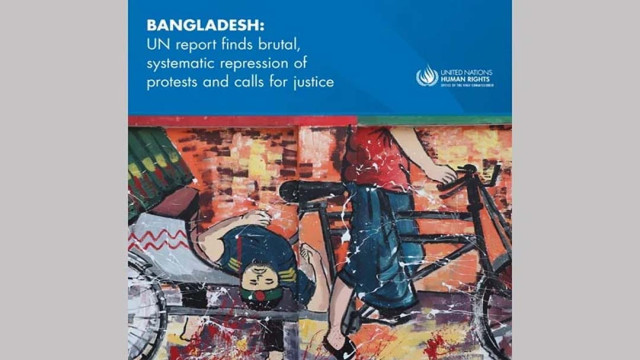
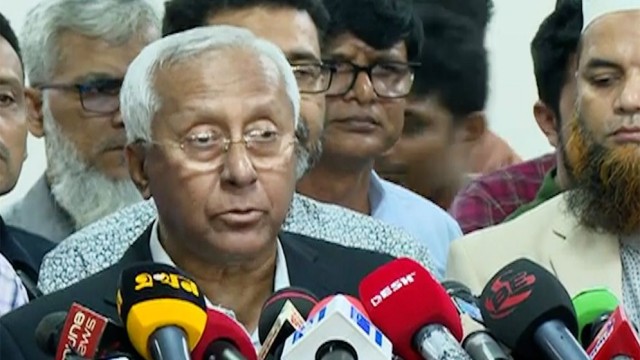
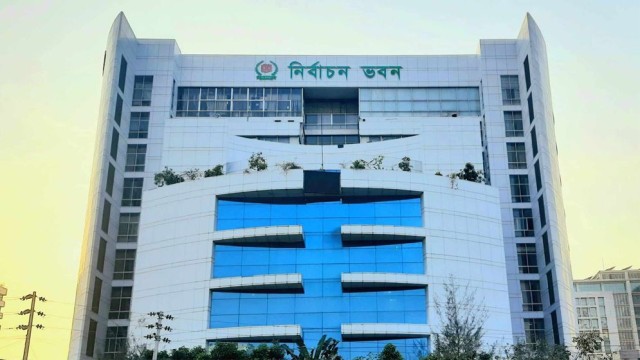
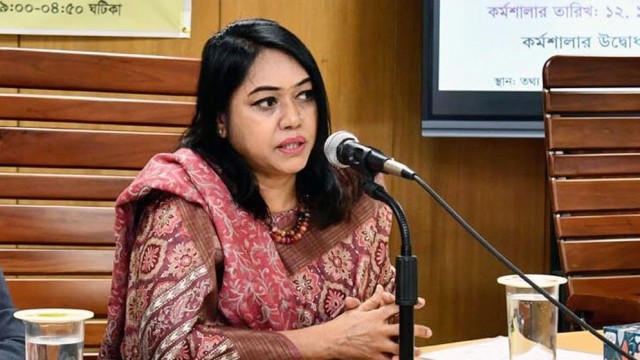
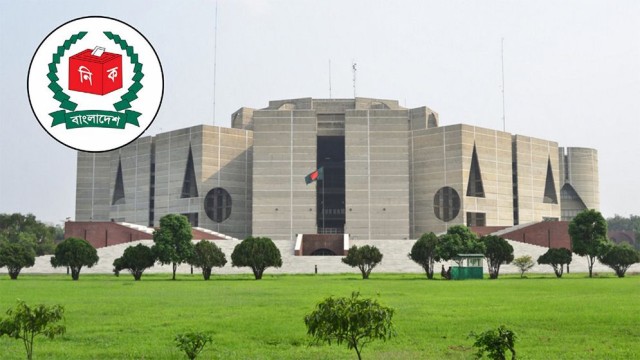
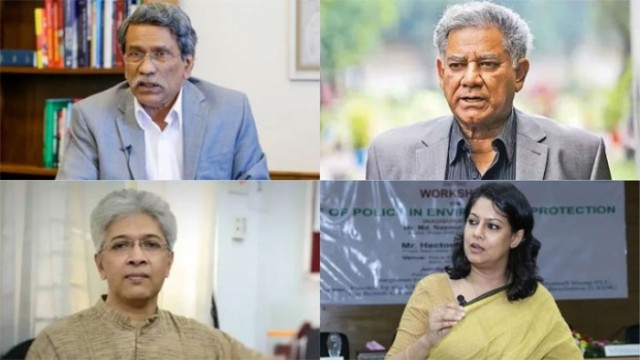
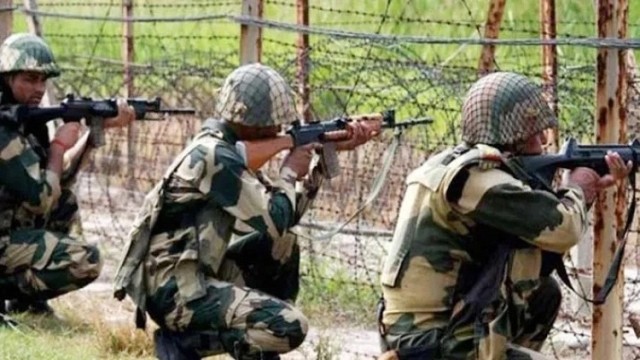

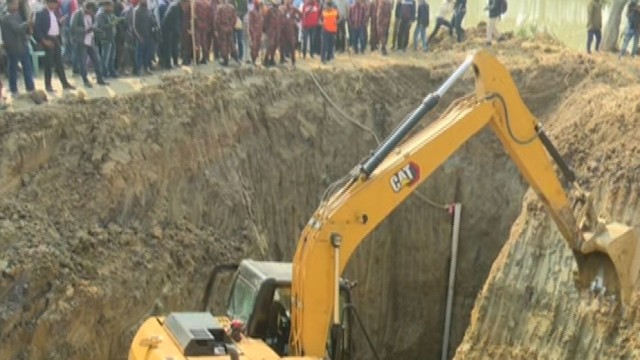
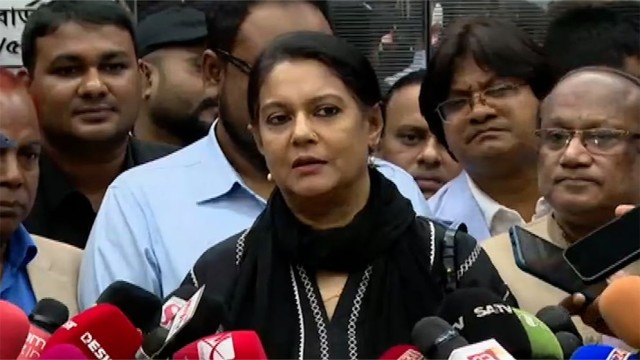
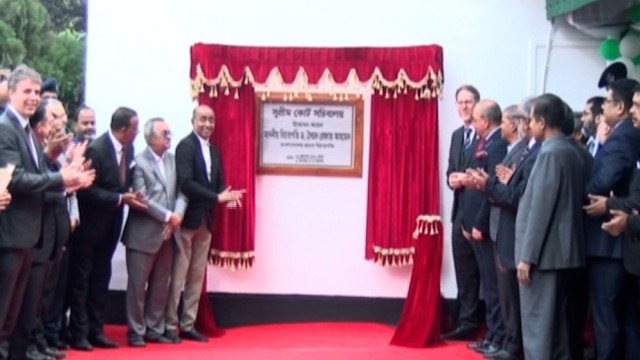
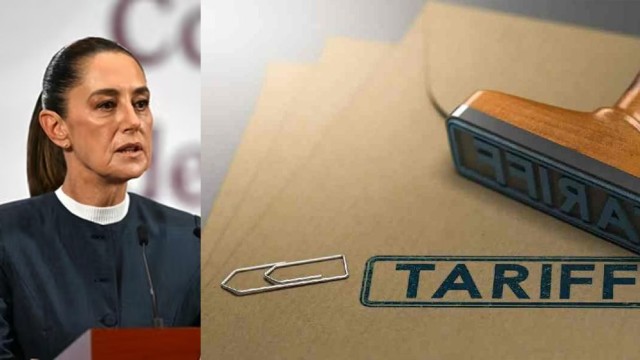
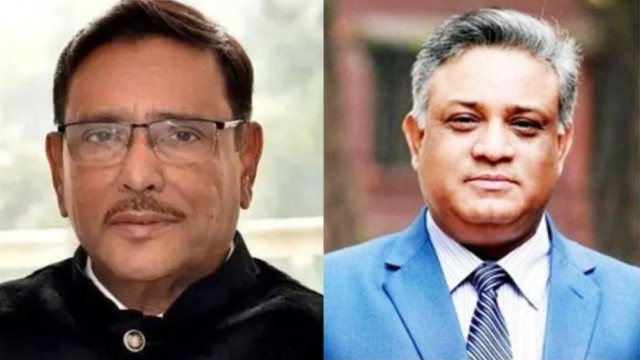
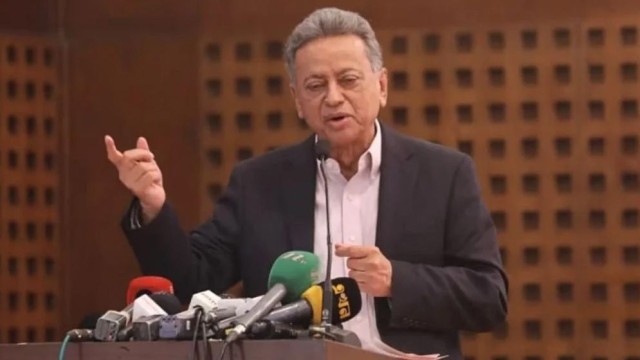
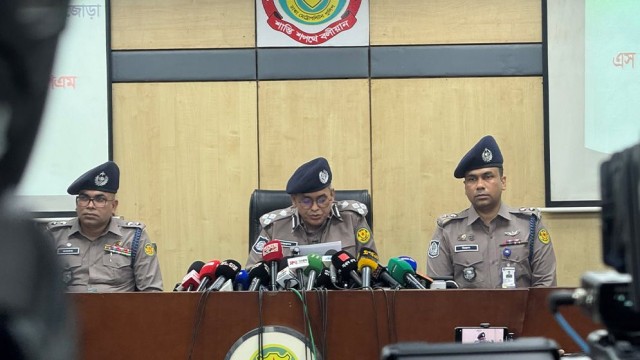

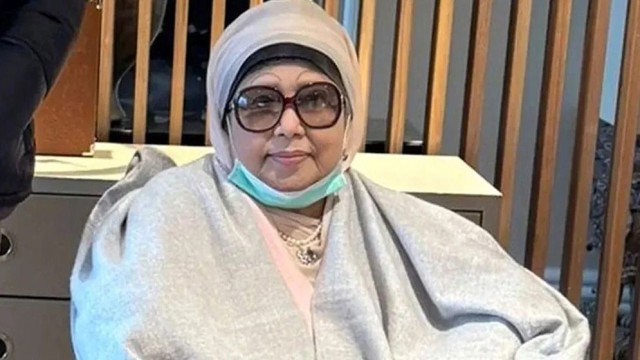
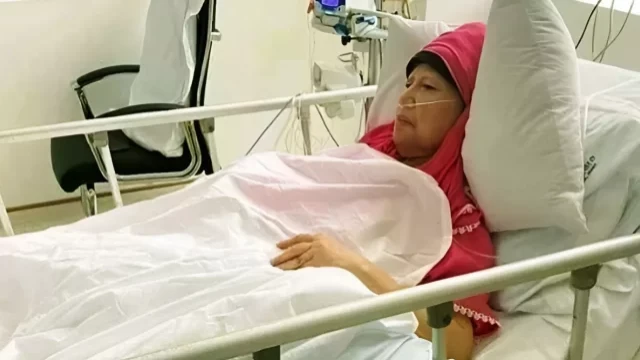
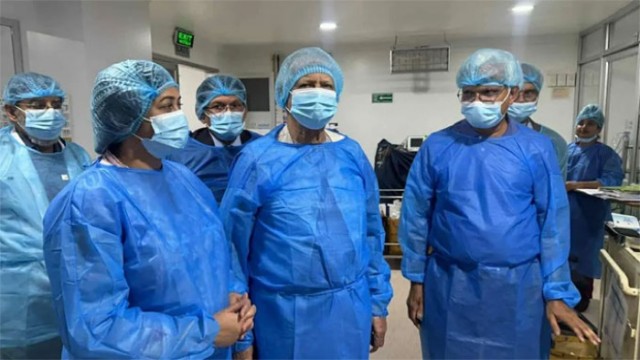
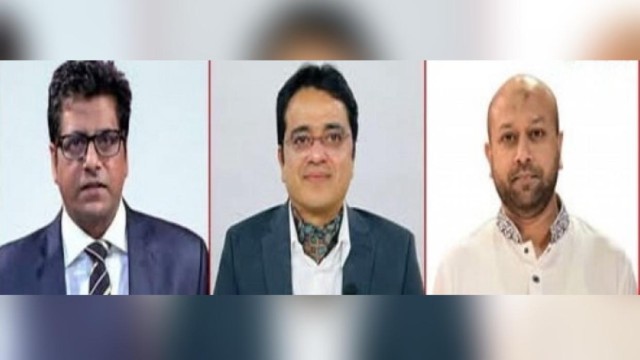
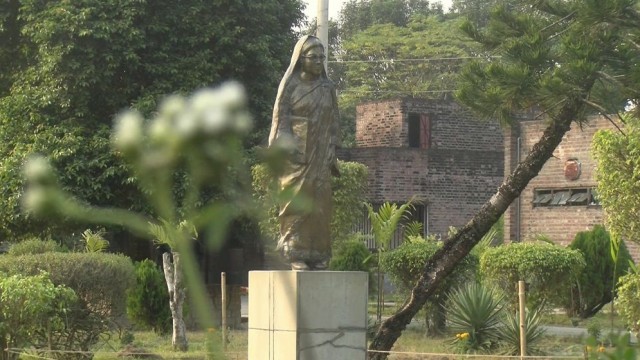
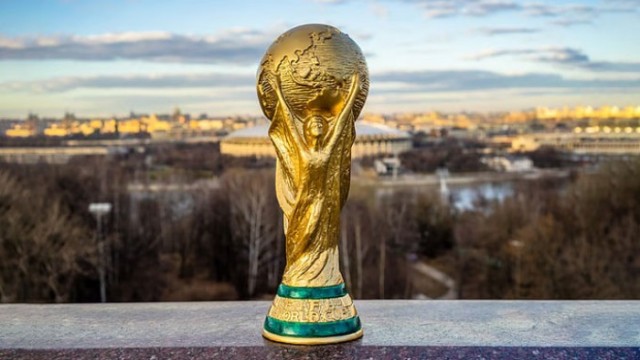
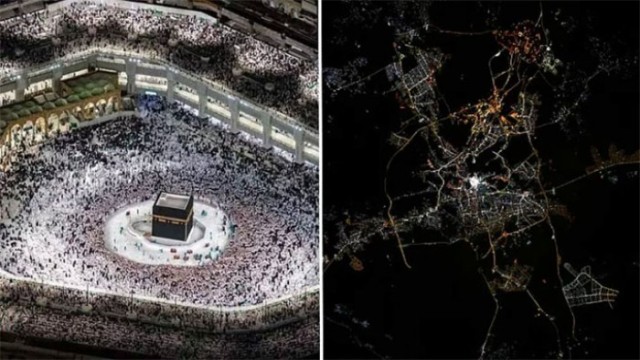
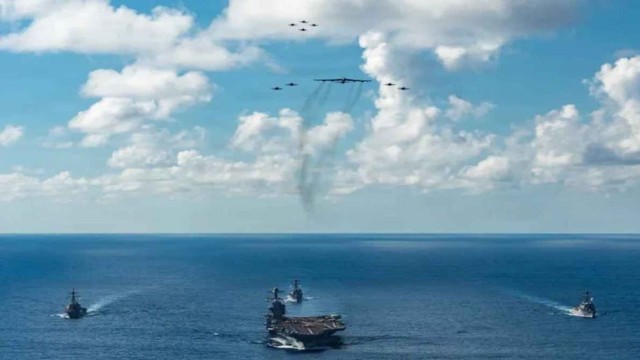
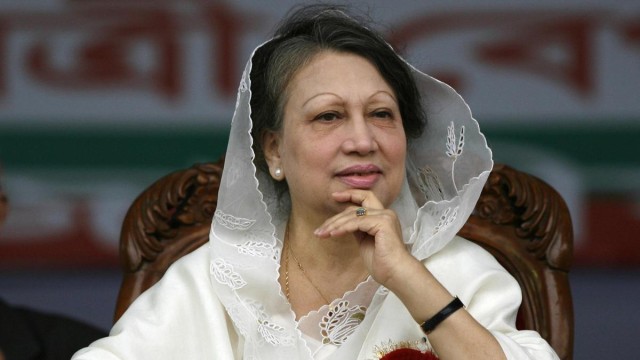
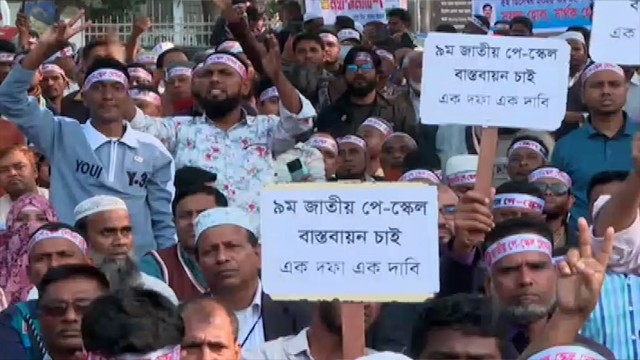
Comment: